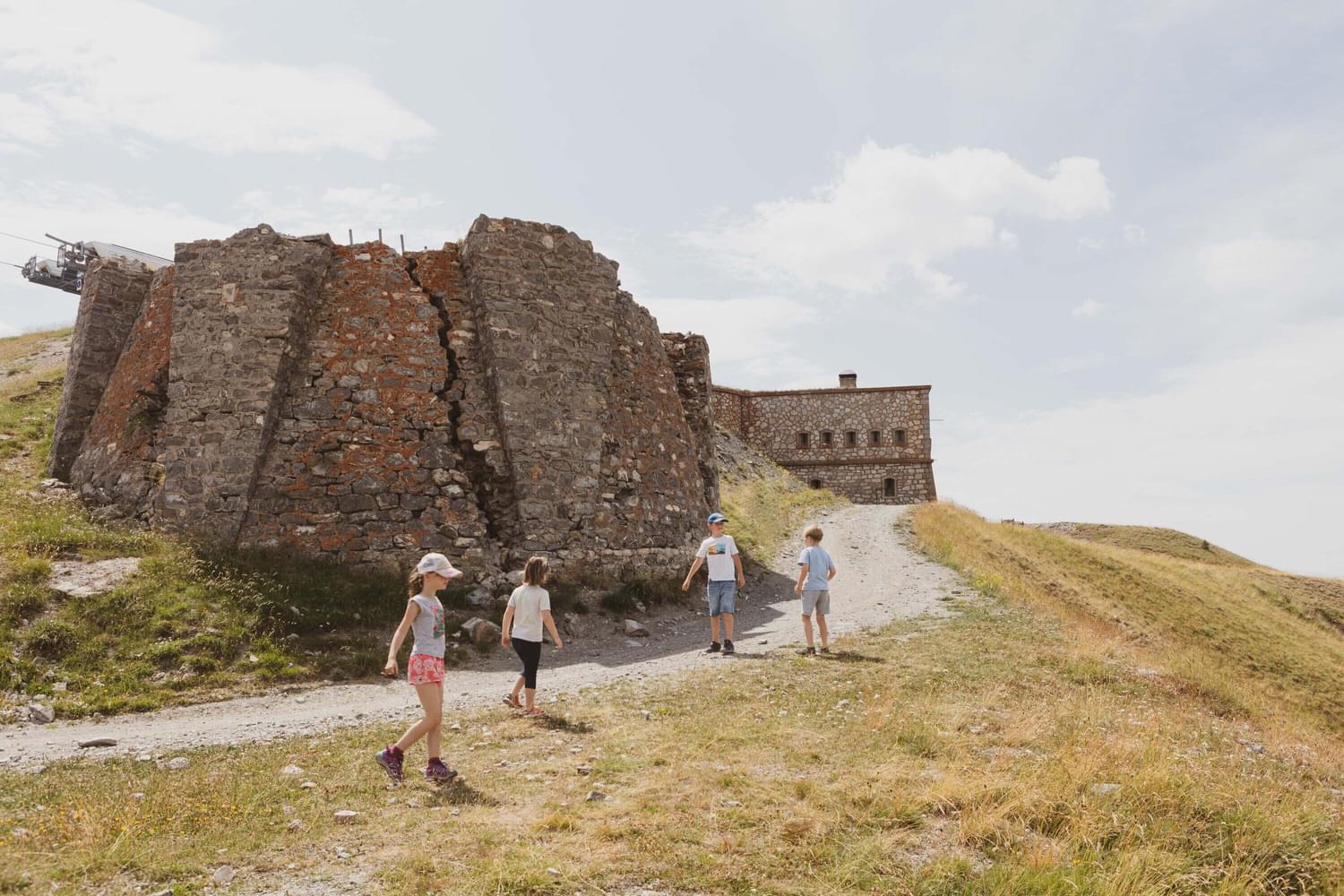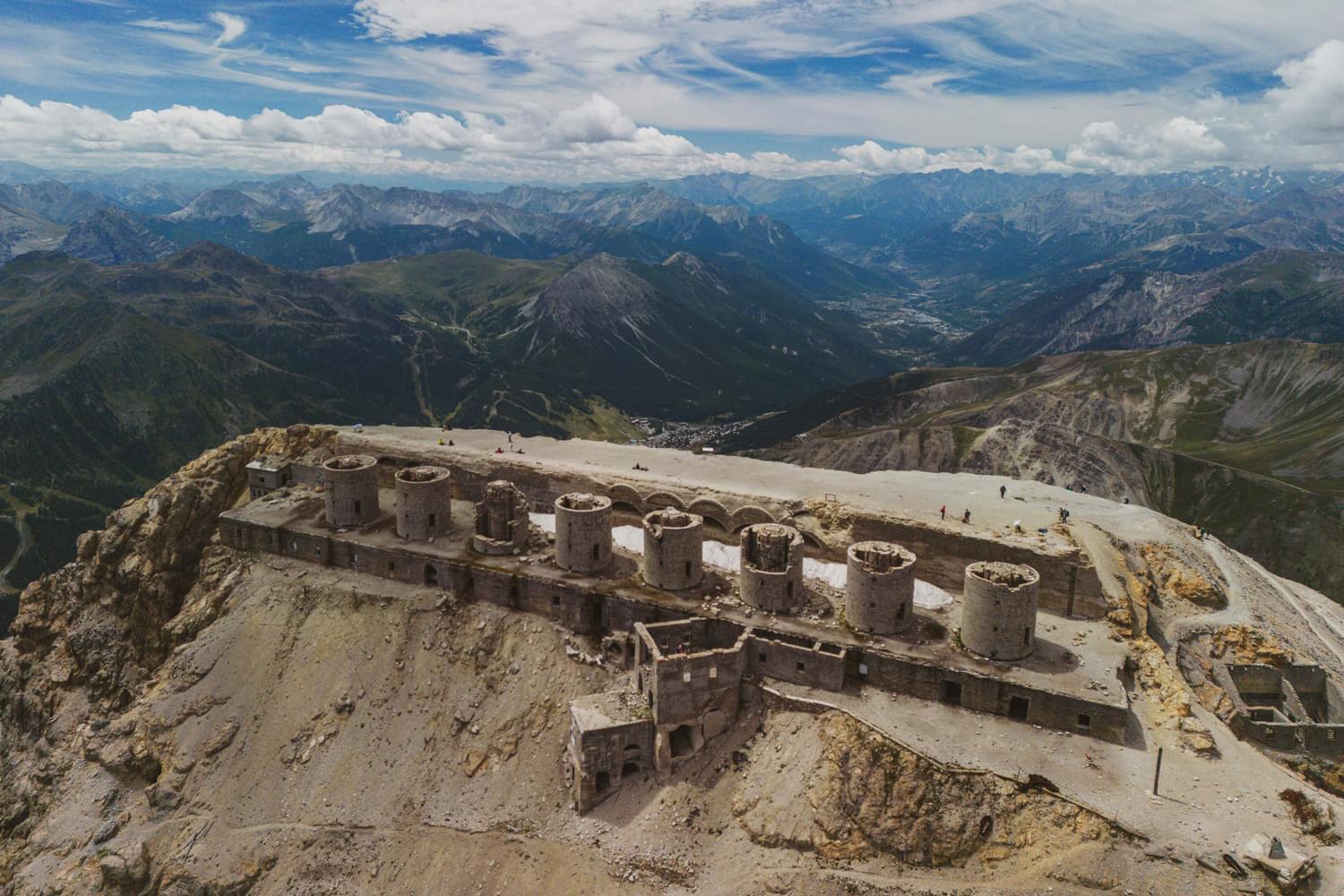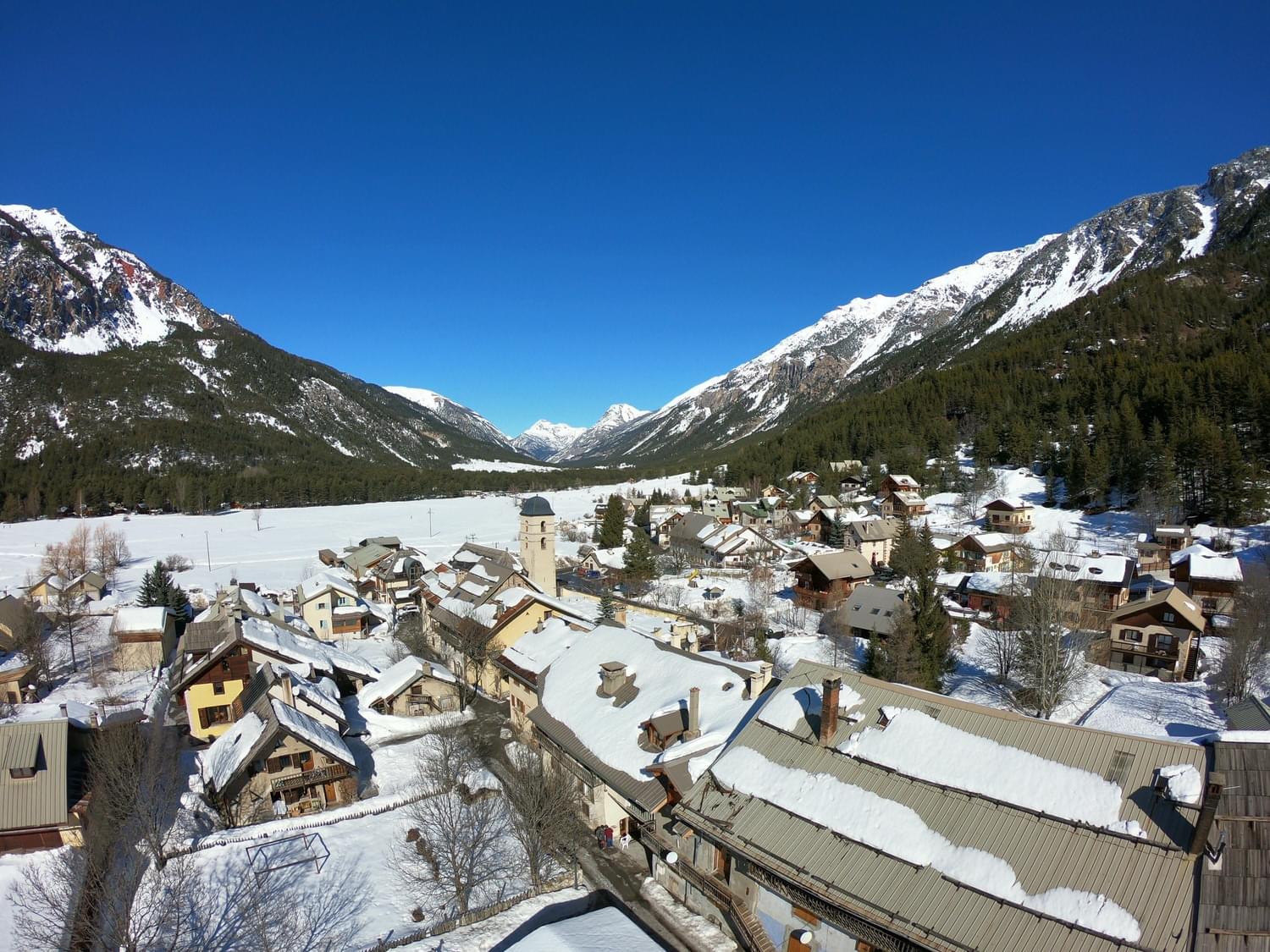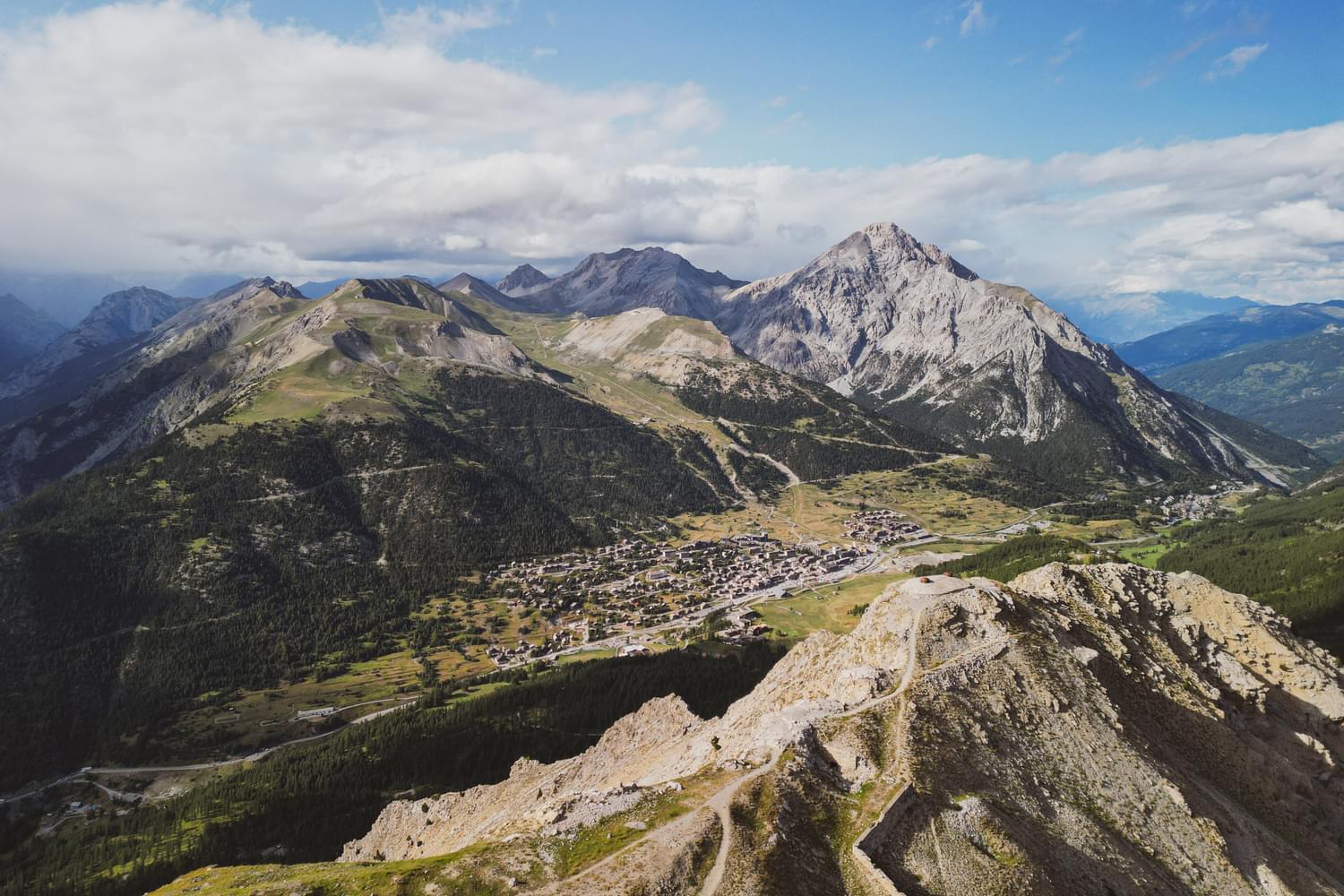Montgenevre's Timeless Treasures: Exploring Historic Buildings and Monuments
Montgenevre, nestled in the embrace of the stunning French Alps, is a destination that not only offers breathtaking natural beauty but also a journey through time. Amidst its majestic landscapes, you'll find a tapestry of historic buildings and monuments that bear witness to centuries of heritage and culture. Join us as we embark on a captivating exploration of Montgenevre's most cherished historic gems.
Église Saint-Maurice: A Beacon of History
Église Saint-Maurice, a French Catholic church, is a testament to Montgenevre's enduring history. Its origins trace back centuries, with a bell tower that once served as a beacon for weary travellers navigating treacherous weather through the mountains.
Rebuilt in the 18th century after a devastating fire, the church boasts architecture with a distinct Italian influence. In particular, its bell tower is adorned with a lantern that mimics the original oil lamp. The church's quality furnishings and typical architecture make it a tourist attraction. Recent restoration efforts have ensured the preservation of its 19th-century frescoes and overall charm.
Obélisque Napoléon: A Monument to Glory
The Obelisk, erected in 1804 to honour Napoleon, stands proudly at Montgenevre's village exit. Its history intertwines with the construction of the pass road, marking a significant era in Montgenevre's past. Destroyed in 1835 by Piedmontese forces, the Obelisk was meticulously rebuilt under King Louis Philippe by architect Joseph Andreoli. Bronze plaques, engraved in multiple languages, pay tribute to Napoleon Bonaparte and Prefect Ladoucette.

Fort des Gondrans: Guardian of the Heights
Situated at an altitude of 2,460 metres, Fort des Gondrans is a testament to Montgenevre's strategic importance. Built between 1932 and 1940, this Maginot infantry structure defended the heights of Briançon from the Col des Anges.
Fort des Gondrans, fortified in the 19th century, plays a vital role in defending the military road to the Fort of Janus. The Maginot structure of Gondran E was constructed later, ensuring comprehensive protection.
Chapelle Notre Dame des Sept Douleurs: A Testament to Faith
The Chapelle Notre Dame des Sept Douleurs is a small, privately owned chapel lovingly restored and repainted in 1996. It features an engraved stone dating back to 1780. Above the entrance, a painted St. Jacques shell pays homage to the pilgrims' route, with Montgenevre being a significant stop on the way to Compostela. The chapel's cross was also restored in 2006, preserving its historical significance.
Chapelle Sainte-Anne: A Place of Pilgrimage
Located at Montgenevre's eastern entrance, the Chapelle Sainte-Anne was renovated in 2003. Montgenevre's position on numerous pilgrimage routes, including Saint Jacques de Compostelle, highlights the village's rich religious heritage.

Fort du Chaberton: A Sky-High Fortress
Known as the Fort of the Clouds, Fort du Chaberton stands as one of Europe's highest fortresses, perched at 3,131 metres. Built between 1900 and 1914, constructing this fortress required lowering the summit's height by six metres. The complex, mainly underground, features eight turrets and is a testament to human ingenuity. Today, it serves as a hiking destination, offering a glimpse into its historical remnants and panoramic views.

Église Saint-Antoine in Les Alberts: A Historical Church
Dating back to 1688, Église Saint-Antoine has witnessed centuries of history. Renovated over time, it features a marble plaque on its façade, signifying its construction year. The church's walls are adorned with ancient paintings, alongside a polychrome statue of Saint Anthony, adding to its historical and artistic value.
Sculpture l’Envol: A Tribute to Skiing Legacy
Sculpture l’Envol, standing at 12 metres, pays homage to Swiss ski jump champion Keller and his iconic 23-metre jump during the 1st International Ski Competition in 1907. Crafted from welded stainless steel mesh by Mr. Christian Burger, this sculpture took two years to complete. Its grid transparency seamlessly integrates with Montgenevre's landscape.
Chapelle Saint-Roch: A Municipal Treasure
Chapelle Saint-Roch is the sole municipal chapel in Montgenevre, built by Théophile Vibaux in memory of Pierre Bousquet, a victim of an avalanche in Chenaillet in 1931.

Fort du Janus: Montgenevre's Historic Sentinel at 2,529 Metres
Perched 2,529 metres above sea level, Fort du Janus stands as a testament to Montgenevre's strategic importance. Constructed in 1886, this fortress boasts a rich history, showcasing the evolution of military engineering and defence. Strategically positioned in the northeast of the Briançon square, Fort du Janus became the most advanced fort on the Italian border. It comprises two key components: an infantry blockhouse, erected in 1887, and an underground section dating from 1898. Recognizing its strategic importance, a watchtower was initially constructed here in the late 18th century. As artillery capabilities grew, an open-air Séré de Rivière battery was established in 1883.
Today, Montgenevre's commune owns Fort du Janus, safeguarding this historical gem. Plans are underway to make it accessible to visitors, preserving its legacy. Explore Fort du Janus to discover extraordinary features like an enormous drawbridge, a 345-metre central gallery, and remnants of its main artillery. Its pristine condition offers a unique journey into the lives of the crew who served here over 60 years ago.
As you explore Montgenevre's historic buildings and monuments, you'll embark on a journey through time, tracing the footsteps of generations past. Each site, with its unique story and significance, adds depth to the village's rich heritage. Montgenevre's history is not just a tale of the past; it's a living narrative that invites you to connect with the enduring spirit of this remarkable Alpine destination. Book your trip and join us at Go Montgenevre in discovering these timeless treasures that weave the tapestry of Montgenevre's history and culture.

